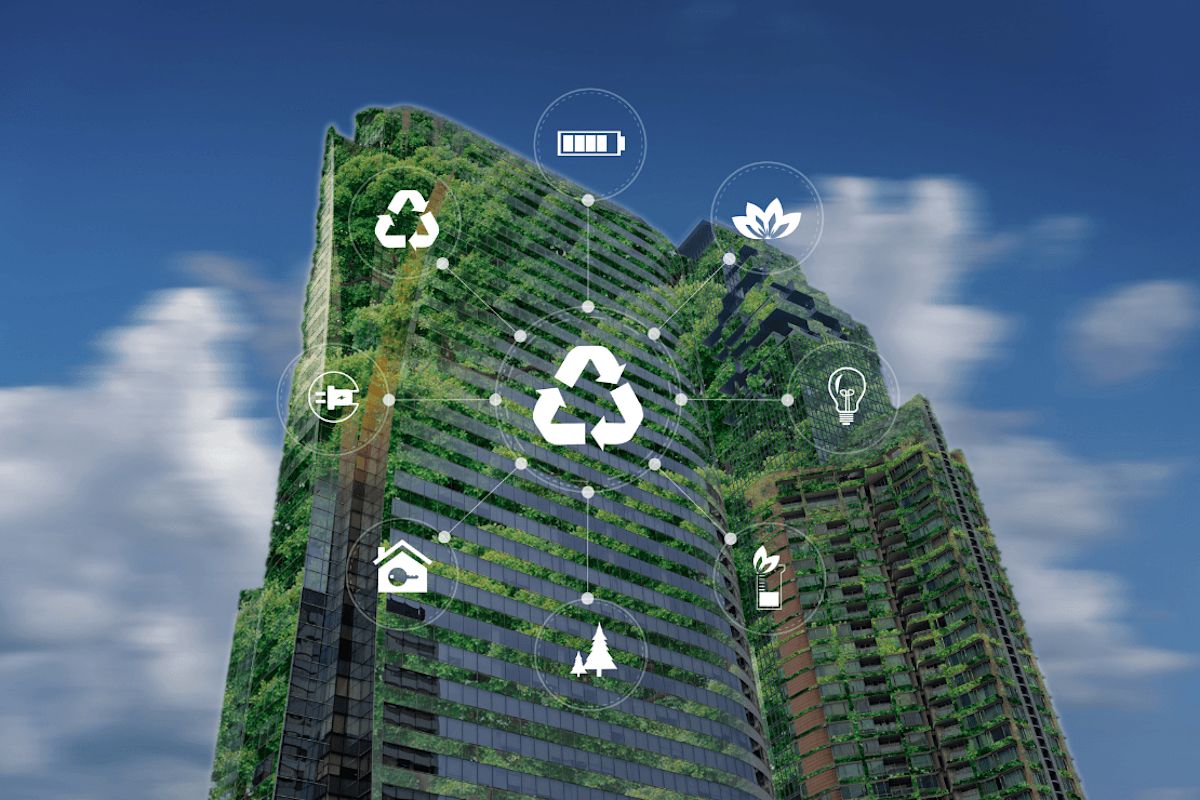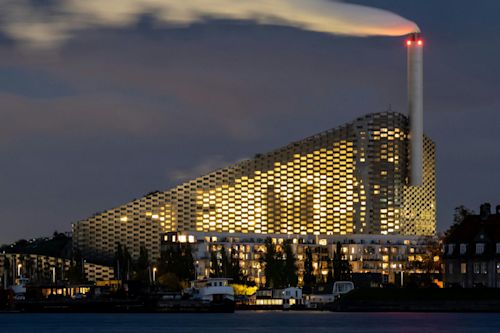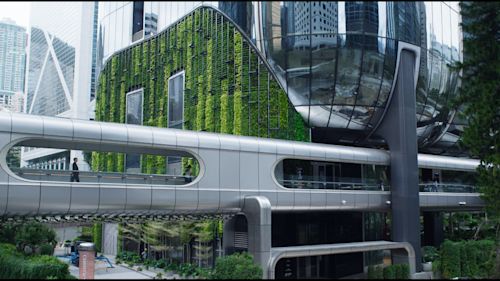Sustainable Architecture: How to Integrate Green Practices in Building Design

Sustainable or ecological architecture draws on a range of practices to design buildings that are more responsible over time and within their immediate environment. As a result, people benefit from more virtuous structures in a world that must face the increasingly pressing effects of climate change.
Definition of the concept of sustainable architecture
Definition of the concept of sustainable architecture
Sustainable architectureis a concept based on the creation of buildings and structures designed to last a long time with a reduced impact on the environment. Sustainable buildings are constructed with the aim of being energy efficient. Thus, designers use sustainable materials. The infrastructures are designed to reduce waste and minimize greenhouse gas emissions throughout their life cycle.
Sustainable buildings use innovative technologies to reduce their energy consumption and environmental impact. They are generally equipped with solar panels, rainwater harvesting systems, green walls and roofs, as well as other energy efficiency technologies. The sustainable materials used in construction include wood from sustainable sources, recycled materials, and/or materials with low CO2 content.
In addition to being ecological, sustainable buildings are designed by architects to be functional and aesthetic while combining energy performance. They can be adapted to various functions: housing, office spaces, services, sports facilities, etc.
Sustainable architecture aims to create buildings and structures that are at once durable, functional, aesthetic, and ecological, with the goal of promoting a healthy and sustainable environment for the well-being of future generations.
The advantages of ecological architecture
There are, of course, several undeniable advantages to choosing to build infrastructures according to the model ofecological architecture. First of all, it helps reduce energy costs. The buildings are less dependent on fossil energy sources and therefore on market fluctuations.
Ecological architecture drastically reduces the ecological impact on the immediate environment. Thus, living conditions, well-being, health, and comfort of users are improved. Air quality is optimized. Public drinking water is less solicited, which is a good point for groundwater tables.
The sector is subject to recurrent technological innovations that constantly improve the deployment of this more environmentally friendly architecture.
Let’s take the example of the city of Strasbourg, where an energy-efficient building has been constructed. It is a building that generates more energy than it uses. The 16-story Elithis Danube Tower, built in Strasbourg, perfectly illustrates this category of sustainable architecture, providing 112% of its total energy needs thanks to an abundance of solar panels and an avant-garde architectural design offering remarkable thermal insulation.
The use of natural resources: vegetation
Vegetation is an ally not to be overlooked when building sustainable infrastructures. Deciduous trees are an excellent solution to promote goodenvironmental regulation. Another advantage is the improvement of air quality through natural photosynthesis.
The leaves provide excellent natural sun protection in summer, while the absence of foliage in winter brings more light to the structure. It is also strategic to plant evergreen trees on the north side of buildings to benefit from their external insulation qualities against the cold during the winter season.
The greening strategy adapts according to geography. Places with a colder climate should focus on heating and heat conservation. Conversely, regions with a warmer climate opt for methods that cool the infrastructure and dissipate heat.
Energy production
Sustainable buildings are designed to be partially energy self-sufficient, if not totally independent. Various solutions can be used. The first is the installation ofphotovoltaic solar panels.
Another way is to install photovoltaic cells directly on surfaces exposed to the sun. This is an excellent way to produce solar electricity. The installation of solar tiles offers an undeniable aesthetic advantage. Moreover, several forms exist. They also ensure the waterproofing of the roof.
Heat recovery
Another installation to consider in environmental architecture is heat recovery. The implementation ofheat pumpsmakes it possible to benefit from heat exchanges between two environments at different temperatures. This mainly concerns the indoor and outdoor environments.
Geothermal heat pumps can capture heat from the ground to distribute it within the infrastructure. It is possible to use this energy for underfloor heating or even domestic heating.
Thermal insulation
To reduce energy loss, it is advisable to use materials designed foroptimal insulation. Effective insulation reduces heat dissipation in winter and cools the air in summer. In this way, energy needs for heating and air conditioning are reduced. This virtuous insulation also involves the installation of more economical access doors.
The concept of ecological architecture benefits the planet as a whole but also the immediate environment where the building is located. People also benefit from more virtuous services and a healthier quality of life within these smart buildings. Many projects are emerging in France and are part of this virtuous dynamic.



